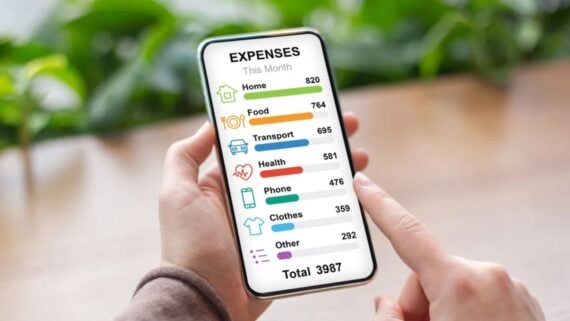When it comes to saving money, most advice falls into one of two camps: Overhaul your entire life overnight, or just stop buying lattes. But a growing number of frugal shoppers are gravitating toward something less drastic and more doable: The One-Percent Method.
The idea recently resurfaced in a Reddit thread, where one user said a coworker introduced them to the concept through a YouTube video. “You find your average spending for your non-essential variable expenses and then reduce the overall spending by 1% or more each month,” the user said.
But is the simple, low-pressure method all it’s cracked out to be? We’ve done a deep dive on what it is exactly, why it’s catching on, and who it actually works for.
How Does the 1% Method Work?

The 1% Method asks you to look at your non-essential spending (think eating out, entertainment, subscriptions, impulse purchases) and reduce that total by just 1% each month. Not 20%. Not half your budget. Just one percent.
For example, if you spend $400 a month on non-essential items and activities, you’d aim to spend $396 next month. Then trim another 1% the month after that. The goal here isn’t instant transformation. It’s a slow, steady improvement. As the Redditor notes, “I think it is a good idea just to know that number in the first place… making a plan on how you’re going to reduce spending by X% is better than not having one at all.”
In a nutshell, it’s budgeting with training wheels — and for some people, that’s exactly what they need. “I think this is a neat idea, very approachable and fairly sustainable,” writes one Redditor, adding, “I would recommend getting your average for categories based off of like 3-4 months of data.”
Why People Like It
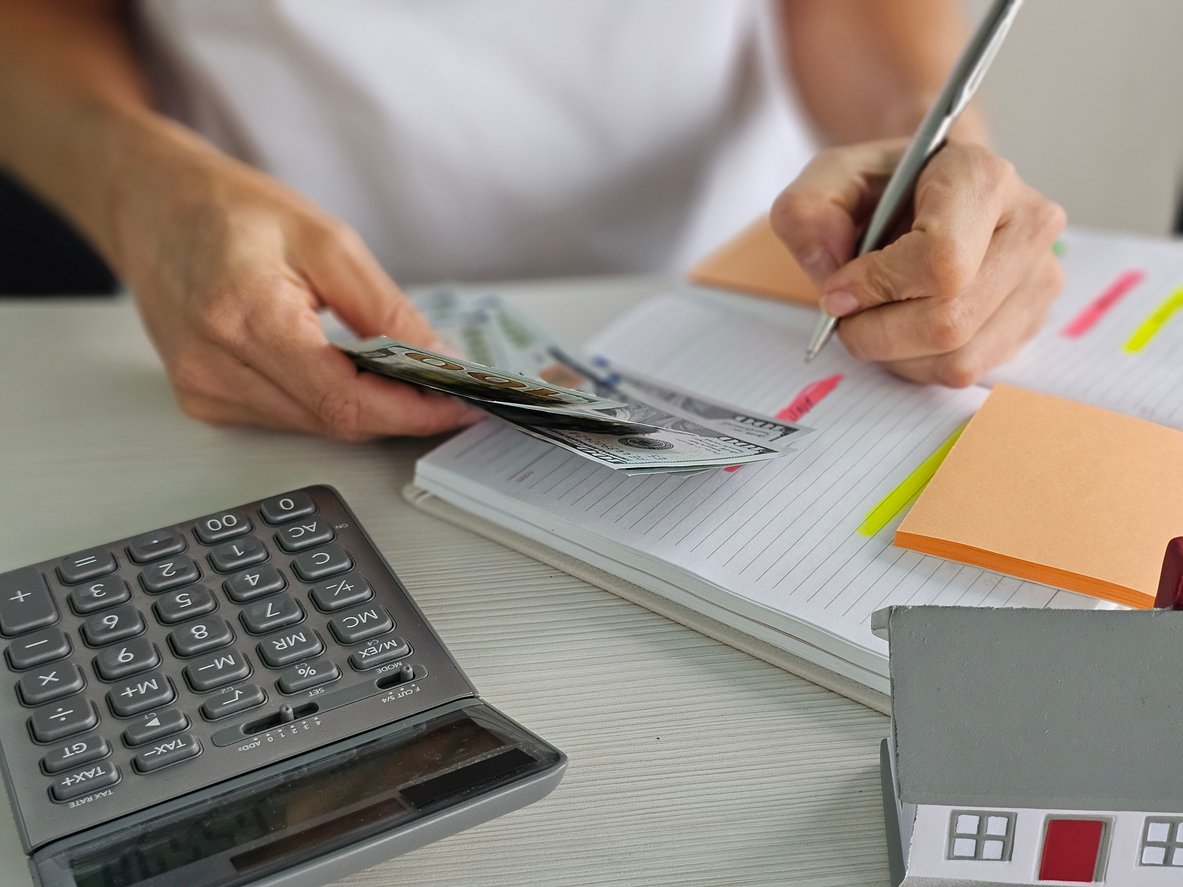
- It’s small enough to stick with. Most money resolutions fail because they’re too extreme. The 1% rule feels almost too easy, which is the point. It works like compound interest in reverse by adding up small slivers of savings over time.
- It forces you to know your spending. Before you reduce anything, you have to understand where your money actually goes. For many Redditors, that alone was a wake-up call. “Even just calculating your average non-essential spending is a win,” says one user. “Most people don’t even know where their money goes.”
- It removes the guilt spiral. Cutting your spending by 1% is achievable even in months of over-splurging. This way, you’ll feel like you’re building a healthy habit without punishing or depriving yourself.
Who Can Benefit the Most from the 1% Method
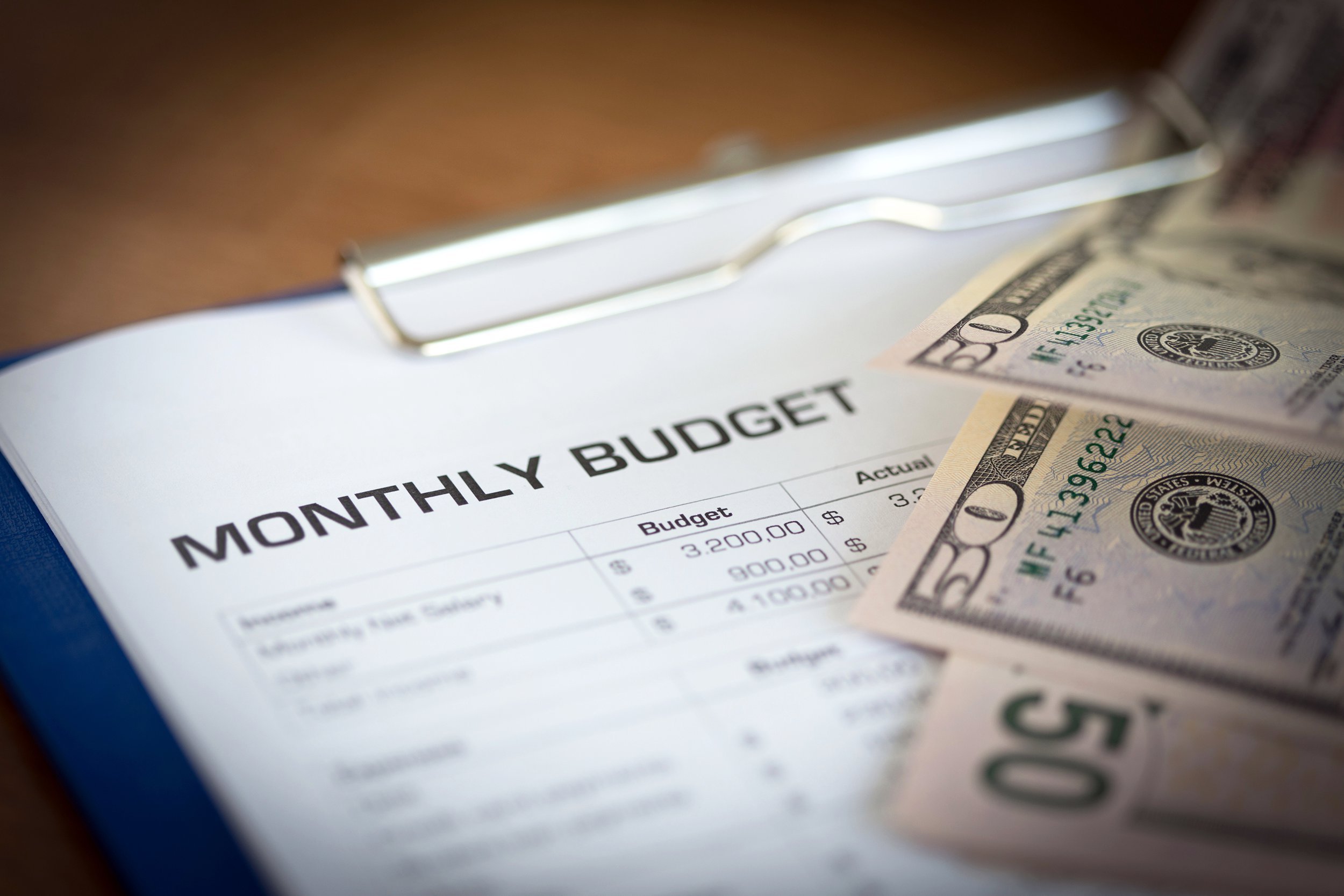
So, who is the 1% Method actually helpful for? While the hack isn’t a cure-all, some will see real results from this slow-and-steady approach, including:
- People with some financial wiggle room. If you have a budget reserved for fun and recreation (even if it’s a modest amount) this can help you tighten things up without feeling like you’re cutting into your quality of life.
- People who struggle with “all-or-nothing” budgeting. If strict budgets lead you to burnout, binge-spending, or giving up entirely, the 1% approach gives you a sense of structure and discipline without being too rigid.
- Anyone building better long-term habits. Gradually reducing spending trains your brain to make smaller, smarter choices over time. Think of it as money mindfulness, or a way to build discipline without ditching your entire lifestyle.
- People with medium- or long-term goals. If you’re trying to save more for traveling, an emergency fund, or a down payment, small but consistent cuts will get you there. As one Redditor notes, “Take what you did not spend and start investing. I did that when I paid off my car and bought my house.”
Who It Probably Won’t Work For
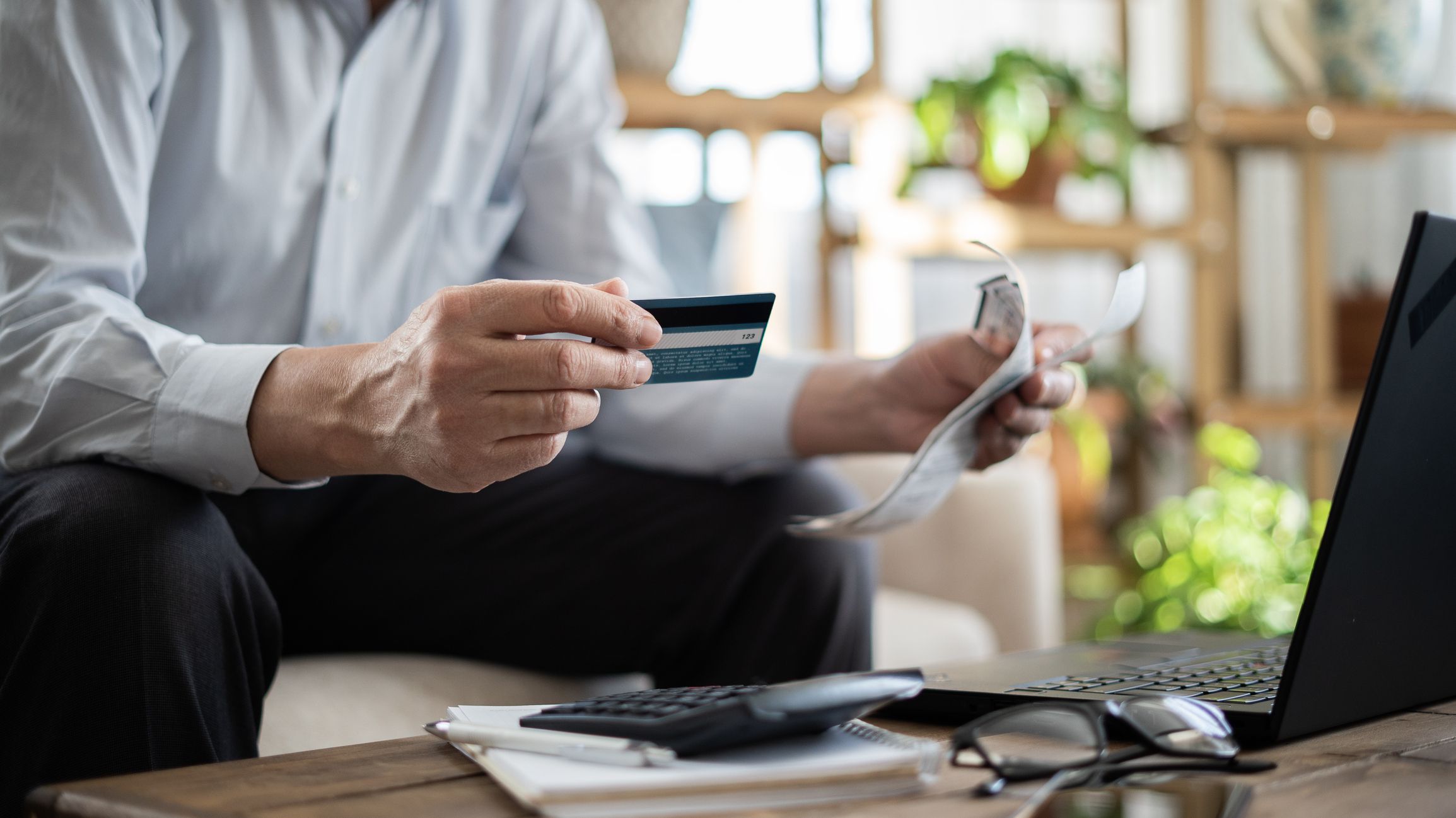
Like any budgeting strategy, the 1% Method works only when the math makes sense. For some people, their financial realities are simply too tight or urgent for this approach to be effective. These include:
- People with no leisure budget. If you’re already in bare-bones mode and barely able to keep up with the essentials, this won’t help.
- Those facing large or urgent financial goals. If you need to pay off high-interest debt ASAP, this slow and steady method of saving won’t cut it.
- Anyone avoiding bigger financial fixes. If housing, insurance, or transportation costs are a big issue, no amount of trimming small expenses will suffice.
As some commenters in the thread pointed out, the 1% Method isn’t a magic eraser, especially for people whose budgets are already stretched to the breaking point. If you’re barely covering rent, groceries, and bills, trimming discretionary spending won’t move the needle. “All these games and programs are just a smoke screen for the real way to save money,” says one Redditor. “Stop buying stuff you don’t need.” (If only it were that simple for the shopaholics.)
Others noted that reducing spending by 1% a month won’t make a large enough difference if you have a short-term savings goal in mind or are drowning in debt. In those cases, you may need more aggressive strategies (e.g., a side hustle, re-negotiating bills, or moving to more affordable housing).
How to Try the 1% Method Yourself

If you want to test it out, here’s a simple way to start:
- Calculate your average monthly non-essential spending by looking at the last 2–3 months.
- Pick a reduction target. Start with 1%. Go higher if you’re feeling motivated.
- Choose an area to trim. Maybe it’s eating out, frivolous Amazon purchases (we’ve all been there), subscriptions, or takeout.
- Track your progress for one month. Not obsessively; just enough to stay aware.
- Rinse and repeat by adjusting the category each month or keep honing the same one.
Remember: Small changes compound over time. Even trimming $10–$20 a month adds up to real savings by the end of the year.
Trending on Cheapism
The Bottom Line
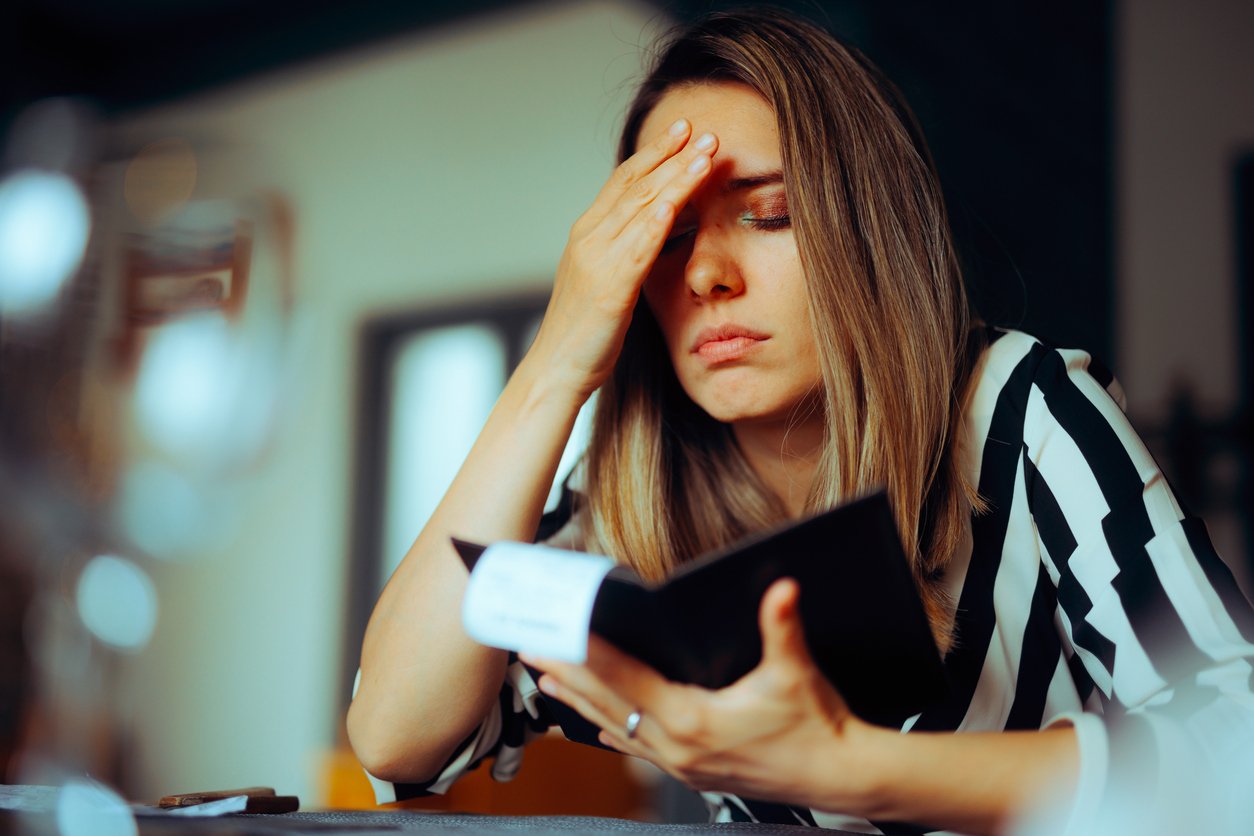
The 1% Method isn’t flashy, and it won’t solve every financial problem. But for many savvy shoppers, that’s exactly why it works. It’s slow, realistic, and sustainable. So, if your goal is to spend a little less without turning your lifestyle upside down, reducing just 1% each month might be the easiest resolution to stick to. Plus, it helps you stay aware of how much you’re really spending on the small, impulsive buys that tend to slip under the radar.
As one Redditor put it, “It’s good in that it makes you track exactly what you spend.”
More Personal Finance Stories You Might Like
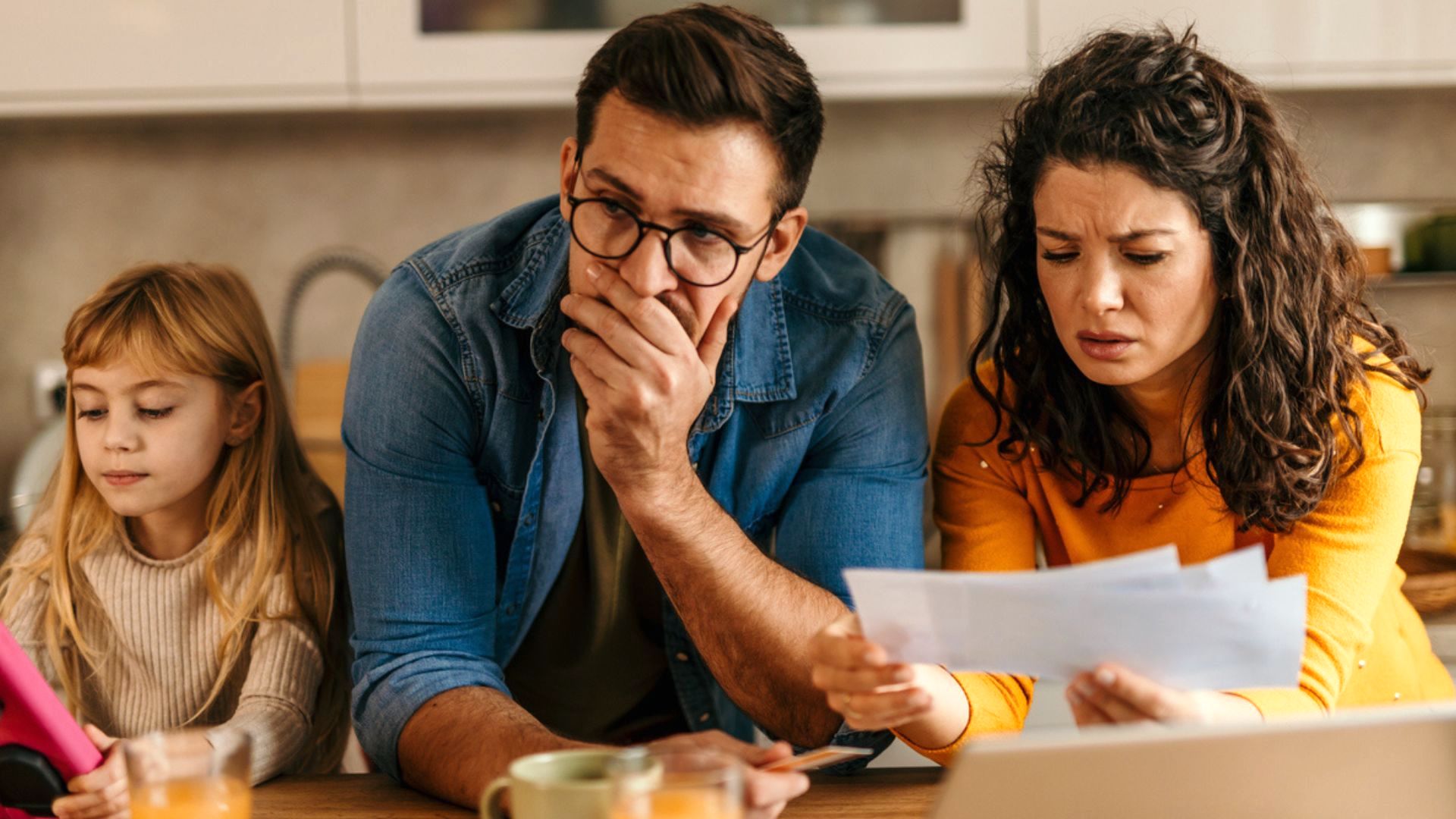
- You’re Not Alone: Report Finds Nearly a Quarter of U.S. Households Live Paycheck to Paycheck — A recent Bank of America report details why so many people are struggling to make ends meet — and the numbers may be even bigger than the report shows.
- Reverse Budgeting: How the ‘Pay-Yourself-First’ Approach Can Boost Your Savings — Tired of traditional budgeting? Reverse budgeting prioritizes paying yourself — not bills — first.
- 21 Ways To Reduce Your Monthly Bills When Money Is Tight — We can’t pay the bills for you, but we can give you some tried-and-true strategies that’ll help you save money for a healthier financial outlook.
